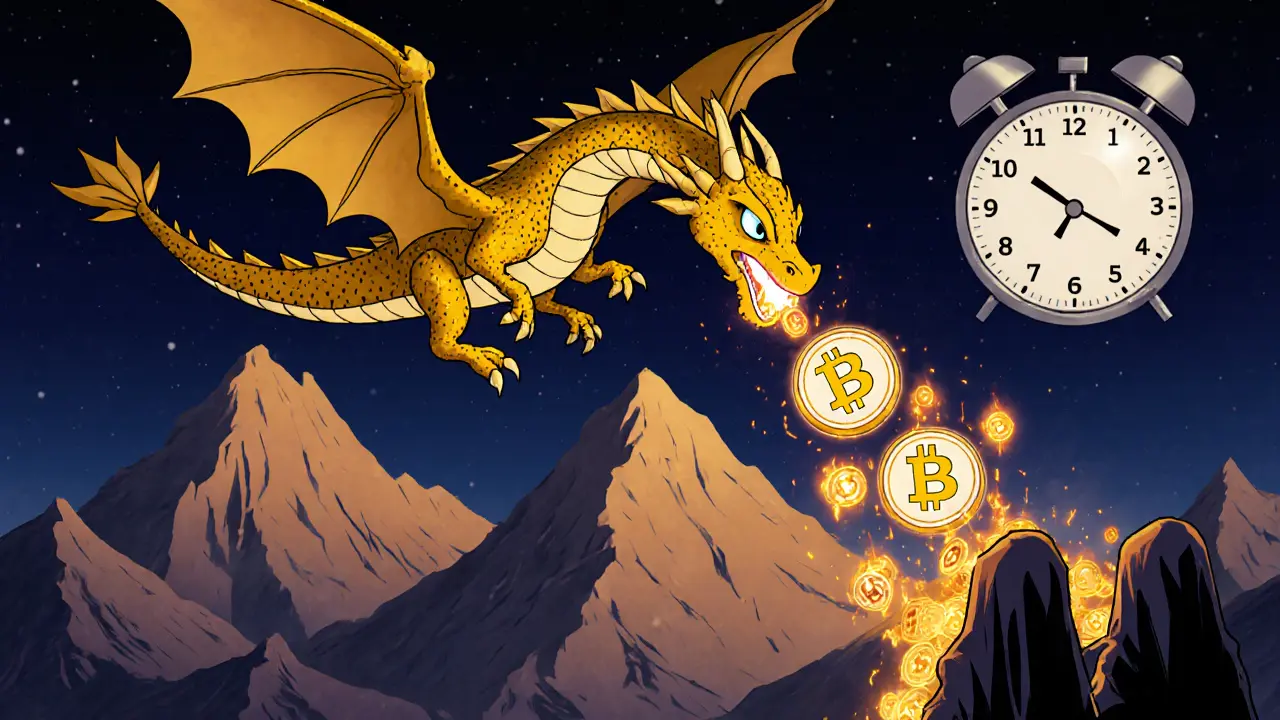Bitcoin Halving: What It Is, Why It Matters, and What Comes Next
When you hear Bitcoin halving, a scheduled event that cuts the reward miners earn for verifying Bitcoin transactions in half. Also known as Bitcoin block reward reduction, it’s one of the few predictable forces in crypto that directly affects how many new coins enter circulation. This isn’t just a technical update—it’s a core part of Bitcoin’s design to control supply and mimic scarcity, like gold. Every 210,000 blocks—roughly every four years—the reward drops from 50 BTC to 25, then 12.5, then 6.25, and now 3.125 BTC per block. The next one’s coming in 2028.
The Bitcoin supply, the total number of coins that can ever exist, capped at 21 million is what makes this matter. Unlike stocks or fiat money, Bitcoin can’t be printed on demand. Miners rely on block rewards to cover costs, and when those rewards shrink, they either need to get more efficient or make more from transaction fees. That shift changes how the network operates long-term. The blockchain halving, the mechanism behind Bitcoin’s controlled inflation is unique to Bitcoin among major cryptocurrencies. Other chains might have token burns or emission schedules, but none replicate this exact countdown to scarcity.
History shows that after each halving, Bitcoin’s price didn’t instantly spike—but over the next 12 to 18 months, it usually did. The 2012 halving was followed by a 100x surge. The 2016 halving led to a 30x rise. The 2020 halving? A 7x increase over a year. These aren’t guarantees, but they’re patterns tied to reduced supply and rising demand. Traders watch halving dates like clockwork because they’re one of the few clear triggers in a noisy market.
What you’ll find below are real stories from people who’ve lived through these events—exchanges that collapsed right after, coins that rode the wave, and scams that popped up pretending to be "halving airdrops." You’ll see how mining rigs became obsolete, how fees changed, and why some altcoins jumped while others vanished. No fluff. Just what happened, why it mattered, and what to watch for next time.


